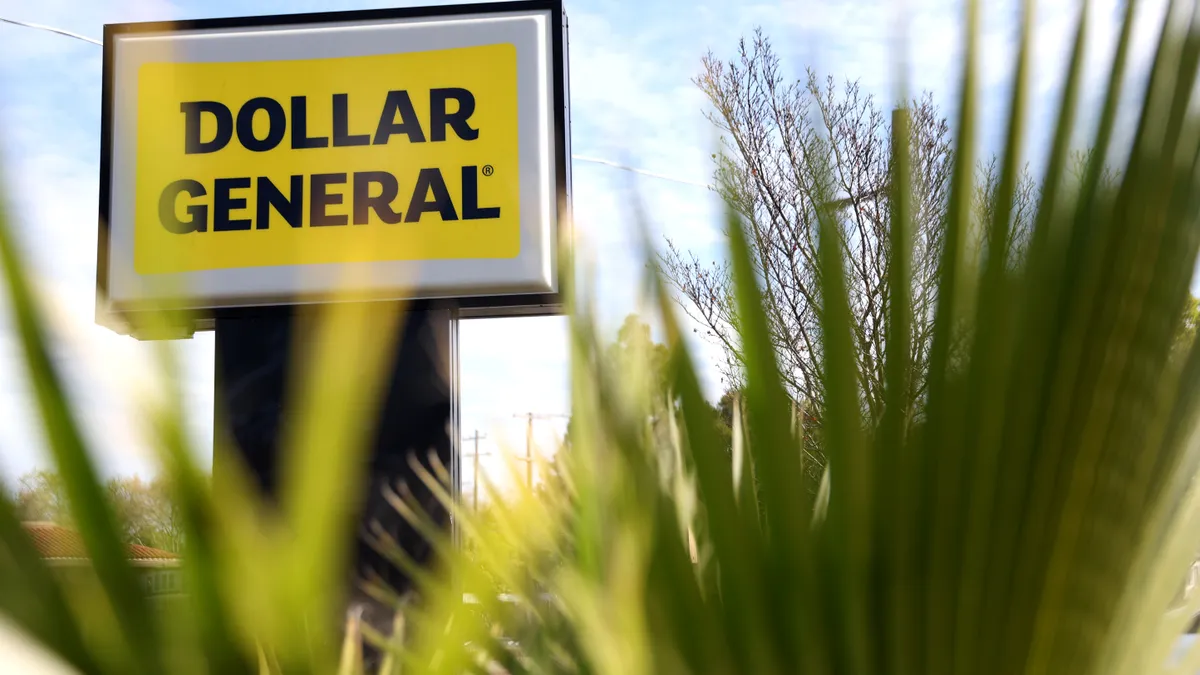Dive Brief:
- Lowe's is fulfilling orders six times faster, on average, than a year ago, Joe McFarland, executive vice president of stores, said on the company's earnings call last week.
- In 2020, the retailer fulfilled 60% of online orders from stores. It also stood up dedicated teams to handle in-store fulfillment and aims to have lockers in all U.S. stores by April.
- CEO Marvin Ellison said Lowe's opened an e-commerce fulfillment distribution center in Southern California last year, and it will open three additional locations to help deliver same-day and next-day orders.
Dive Insight:
Lowe's is on a $1.7 billion supply chain journey that started in 2019 to improve efficiency and cut transportation costs. The retailer executes many of its deliveries in a manner Ellison described as "the hard way" – from individual stores.
"That is not an optimal way to manage such a large amount of inventory and such a large expense, from a transportation perspective," he said.
Lowe's has been moving to a market-based model with distribution centers and dozens of cross docks that allow more flexible fulfillment.
"It takes the complexity out of the store," Don Frieson, executive vice president of supply chain at Lowe's, told Supply Chain Dive in an interview last year.
The retailer's supply chain revamp was planned and initiated before COVID-19, but the pandemic spiked demand for Lowe's, as consumers diverted spending on services and travel to home projects. Online sales in Q4 2020 were up 121% YoY.
Home Depot, too, saw a bump in e-commerce sales — up 83% YoY in Q4, with 55% of online orders fulfilled through stores. The retailer is investing $1.2 billion into its supply chain, which includes adding new facilities for distribution and last-mile delivery.
With Lowe's e-commerce sales more than doubling, fast fulfillment and an omnichannel strategy — and the technology behind the scenes — are necessities.
The retailer launched curbside pickup in Q1 2020, and a few months later added pickup lockers, now present in 1,200 stores. It also rolled out geofencing tech that recognizes when consumers picking up online orders have arrived at the store, making store-based fulfillment faster. For appliance home deliveries, Lowe's now uses a digital scheduling model, a change from its previous manual process that Ellison called "clunky and inconvenient."
Ellison is known for his candid rhetoric about the state of the business, particularly in his early days as Lowe's CEO, a role he assumed in July 2018.
"We are significantly behind in our supply chain strategy," he said in August 2018, lambasting the retailer's dated technology, "large number" of stock-outs and cluttered stores.
But Ellison's tone was markedly different on last week's earnings call, as he doubled down on the confidence in Lowe's fulfillment model.
"Market-based delivery is absolutely the way to go," Ellison said. "We feel like our strategy is sound."














